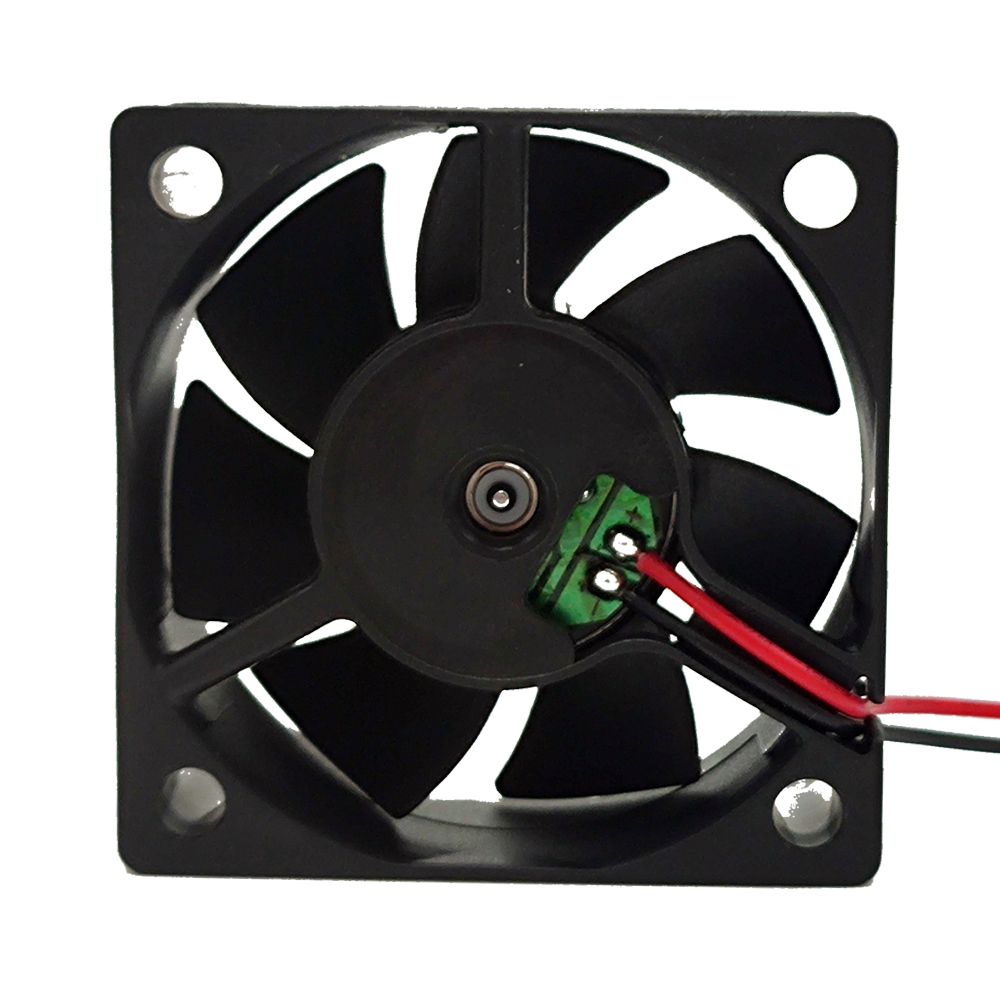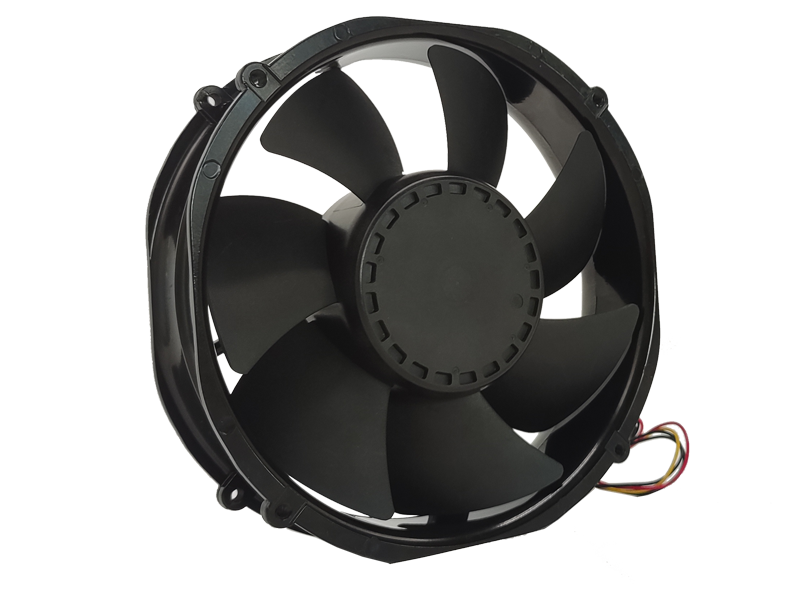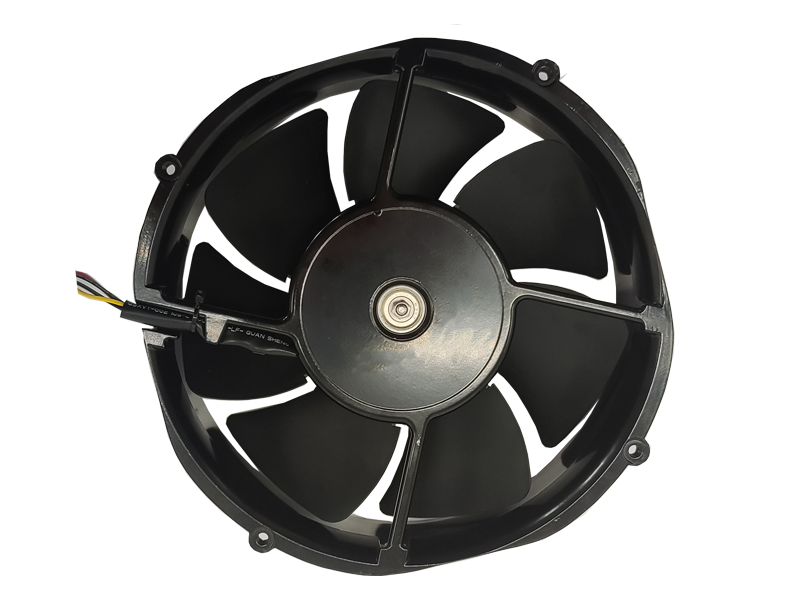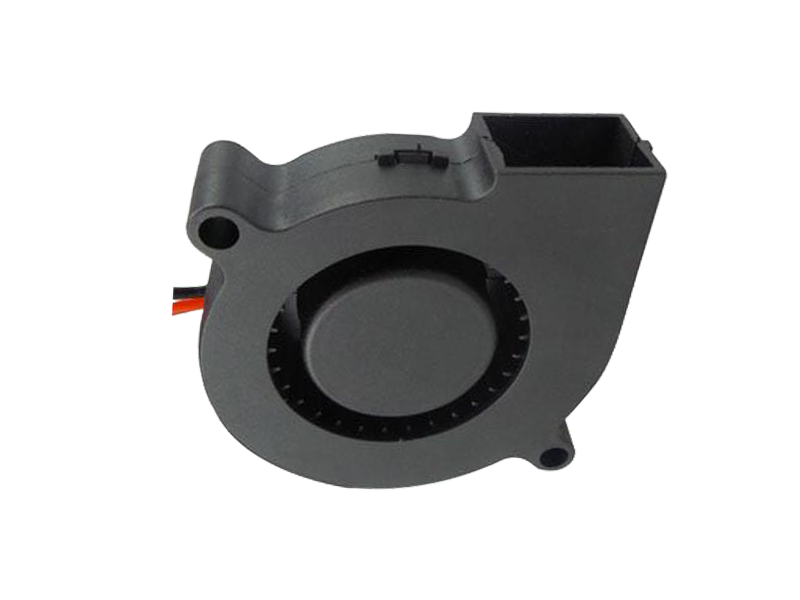In an age where efficiency, sustainability, and smart technology are at the forefront of industrial innovation, the industrial fan market is undergoing significant changes. These heavy-duty machines, which have traditionally been seen as essential but mundane components of industrial systems, are now evolving to meet the growing demands for energy efficiency, reduced maintenance, and integrated smart solutions.
From a product design standpoint, industrial fans are becoming more sophisticated and adaptable, offering new capabilities that can address specific operational needs. This article will explore the evolution of industrial fans, examining key product considerations, technological advancements, and market trends that are shaping the future of airflow systems in industries worldwide.
1. The Expanding Role of Industrial Fans in Modern Industry
The primary function of an industrial fan is straightforward: to move air efficiently. However, as industries evolve, the role of fans has expanded to include a wide range of applications beyond simple ventilation. These include:
Temperature Regulation:
Maintaining a consistent temperature is essential in industries such as electronics manufacturing, food processing, and pharmaceutical production. Industrial fans help dissipate heat from equipment or products, ensuring that temperatures remain within specified ranges.
Air Quality Control:
In environments where air quality is crucial — such as laboratories, chemical plants, and medical facilities — fans are used to maintain clean, breathable air by controlling contaminants, such as dust, fumes, or hazardous gases.
Humidity and Moisture Management:
Many industrial processes require controlling humidity levels. In the agricultural industry, for example, managing moisture in storage facilities is critical to preserving product quality. Fans play a key role in circulating air to prevent the buildup of condensation and mold growth.
2. Design Considerations for Product Performance
When it comes to product development, several factors influence the design and selection of an industrial fan. Key considerations include performance, durability, noise reduction, and energy efficiency.
2.1 Airflow Requirements and Efficiency
One of the most critical aspects of fan design is ensuring that it can meet the airflow demands of a given industrial environment. Airflow is typically measured in terms of volume, such as CFM or m³/h. The efficiency of the fan is directly tied to how well it moves air at the required volume without wasting energy. Over the years, advances in fan blade design, motor efficiency, and fan speed control have allowed for significant improvements in airflow efficiency. Fans with optimized blade geometries and advanced motor technologies can move more air with less energy consumption, contributing to cost savings and environmental benefits.
2.2 Energy Consumption and Sustainability
Energy costs represent one of the highest operational expenses for industries, and fans, often running continuously, are major contributors to these costs. As such, manufacturers are increasingly focused on developing energy-efficient fan products that minimize energy consumption while still meeting operational demands.
Technologies such as variable-speed drives (VSDs) and electronically commutated (EC) motors allow fans to operate at varying speeds depending on real-time conditions, leading to energy savings. The development of smart fans that can automatically adjust their performance based on environmental conditions is another trend that can greatly reduce energy consumption. Fans equipped with IoT sensors and automation systems enable real-time monitoring and energy management, ensuring optimal performance and cost savings.
2.3 Noise Control and Worker Safety
Another essential design consideration for industrial fans is noise reduction. The level of noise generated by large industrial fans can be a significant concern, especially in environments where workers are exposed to loud machinery for prolonged periods. Noise-induced hearing loss is a well-documented risk in industrial settings.
To address this, fan manufacturers have incorporated noise-reducing technologies such as quieter motor designs, aerodynamically optimized fan blades, and sound-dampening enclosures. Reducing fan noise not only helps improve the working environment for employees but also ensures compliance with occupational safety regulations that limit noise exposure levels.
2.4 Durability and Maintenance
Industrial fans are often exposed to harsh operating conditions, including high temperatures, dust, humidity, and corrosive environments. The materials used in fan construction must be robust enough to withstand these conditions without deteriorating over time. Stainless steel, aluminum alloys, and galvanized coatings are commonly used to provide corrosion resistance and ensure the fan’s long-term performance.
In addition to the materials used, the design of the fan should prioritize ease of maintenance. Self-lubricating bearings, sealed components, and modular designs that allow for easy disassembly and repair are key features that reduce downtime and maintenance costs.
3. Future Trends: Smart Technology and Sustainability
As industries continue to prioritize energy efficiency, automation, and sustainability, several emerging trends are shaping the future of industrial fans.
3.1 Integration with Smart Systems

The rise of Industry 4.0 and the Internet of Things (IoT) is transforming the way industrial fans are used. Fans are becoming smarter, equipped with sensors and connectivity features that allow them to communicate with other systems within a plant. These smart fans can adjust their speed, monitor their performance, and even predict when maintenance is needed, helping to optimize energy use and prevent system failures.
For example, a smart fan in a factory could automatically adjust its speed depending on temperature or humidity readings, ensuring that airflow is optimized and energy is not wasted.
3.2 Sustainability and Green Technologies
Sustainability is no longer just a buzzword; it's a necessity for modern industries. As environmental regulations become stricter, companies are seeking ways to reduce their carbon footprint and minimize energy consumption. This includes selecting industrial fans that use green technologies, such as renewable energy-powered motors, energy recovery systems, and eco-friendly materials.
In addition, many companies are adopting sustainability goals that include reducing emissions and energy consumption. Industrial fan manufacturers are responding to this demand by focusing on designing fans that are more efficient, use sustainable materials, and are easier to recycle at the end of their lifecycle.
4. Conclusion
Industrial fans are no longer just functional components; they are evolving into highly specialized and energy-efficient solutions that play a critical role in enhancing industrial operations. From smart technologies and sustainability efforts to noise reduction and energy efficiency, industrial fans are adapting to meet the ever-changing needs of the modern industrial landscape. By focusing on these key product considerations and staying ahead of emerging trends, manufacturers can ensure that industrial fans remain an integral part of the machinery that drives industrial productivity and operational success.
Recommended Products

The main purpose:Car charging station

The main purpose:Car charging station

The main purpose:Electronic refrigerators, water dispensers, direct drinking machines, inverter power supplies
Address:No. 4137, Longgang Avenue (Henggang Section), Henggang Community, Henggang Street, Longgang District, Shenzhen
hotline:13530005572(Chen)15112579390(Li)


Welcome all friends to come for consultation and negotiation.
Copyright 2024 @ Shenzhen Youneng Xinyuan Electronics Co., Ltd.,(industrial fans,industrial blowers,axial fans,cooling fans manufacturer,centrifugal fans,ac cooling fans,dc cooling fans)